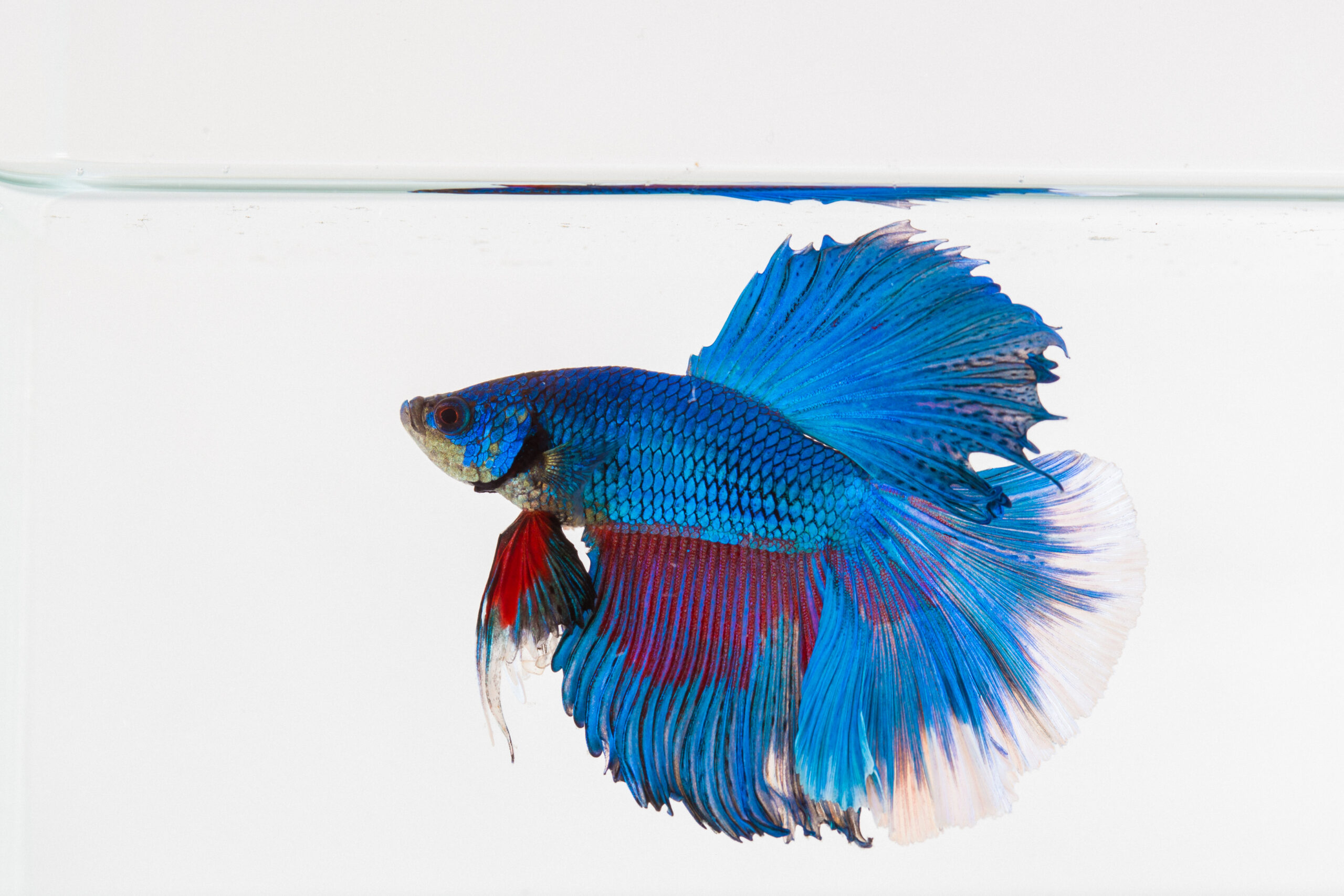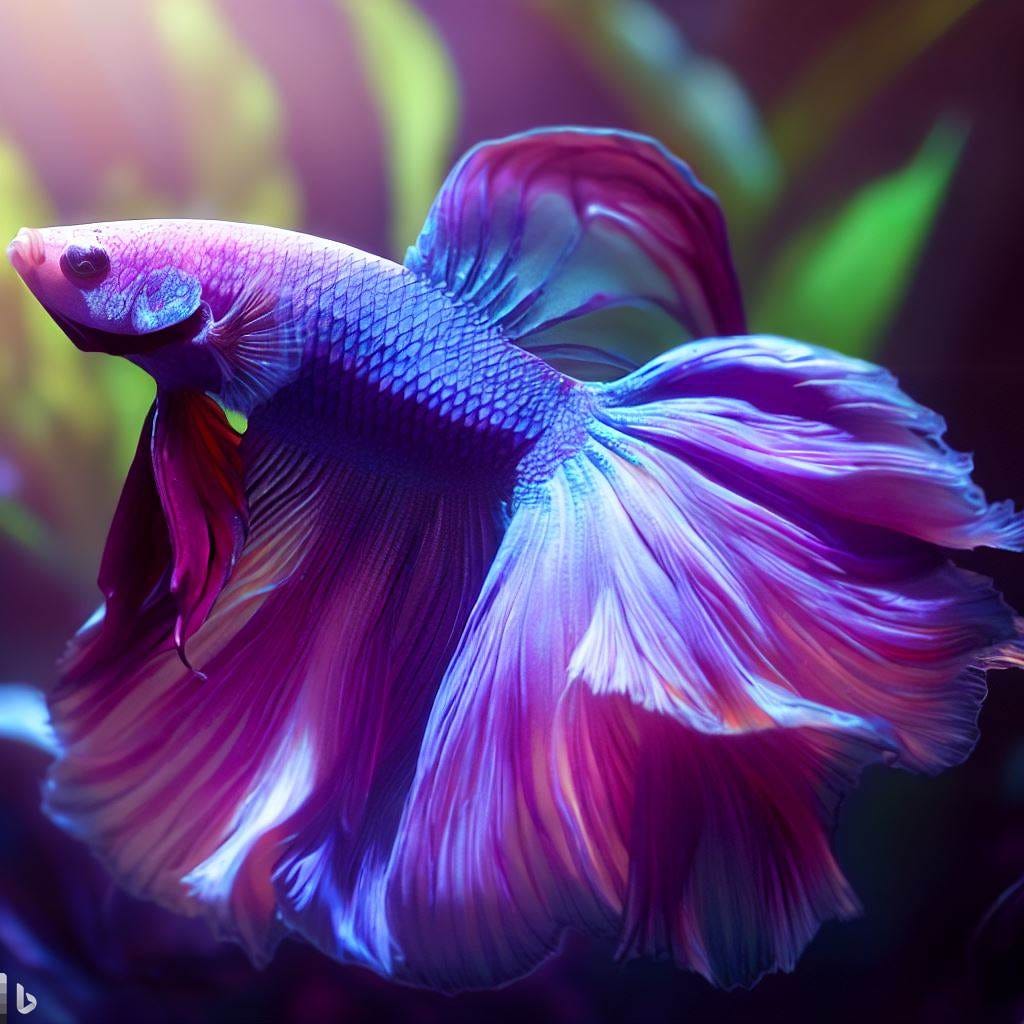Betta Fish Diet Plan: What to Feed Your Betta for Optimal Health
Wiki Article
Everything About Betta Fish: Understanding Their Special Requirements, Actions, and the most effective Practices for Optimal Care
Comprehending the distinct needs and actions of Betta fish is essential for any type of aquarist aiming to provide optimal care. These captivating creatures, belonging to the cozy waters of Southeast Asia, exhibit distinctive territorial propensities and call for particular ecological conditions to flourish. From selecting the right storage tank size to recognizing possible wellness concerns, numerous aspects considerably influence their well-being. As we discover these aspects additionally, the effects for both newbie and skilled fish keepers end up being increasingly apparent, questioning about how best to fit these exceptional fish in our homes.Betta Fish Overview
Although often admired for their dynamic colors and flowing fins, Betta fish, clinically referred to as Betta splendens, are complicated animals that call for details care to grow. Originating from Southeast Asia, these freshwater fish are recognized for their territorial nature and unique actions. Betta fish exhibit sex-related dimorphism, with men presenting much more vivid shades and longer fins than women.Their hostile tendencies, specifically among males, necessitate careful consideration when real estate them. Bettas are frequently maintained in single-specimen storage tanks to stop territorial disputes. Nevertheless, they can coexist quietly with particular compatible types in larger area storage tanks, provided the environment satisfies their demands.

To make certain optimum care, aquarists should recognize their one-of-a-kind behavior characteristics, dietary demands, and environment demands. betta fish. With correct focus, Betta fish can display their lively personalities and grow in a well-kept fish tank setting
All-natural Habitat and Environment
Betta fish thrive in a diverse range of natural habitats, primarily discovered in the shallow waters of Southeast Asia, including rice paddies, swamps, and slow-moving streams. These environments are defined by cozy temperature levels, usually between 75 ° F and 82 ° F(24 ° C and 28 ° C ), and a pH degree varying from 6.5 to 7.5, which is suitable for their health and wellness and health.
In their natural environments, Betta fish are accustomed to dense vegetation, offering both sanctuary and reproducing grounds. The presence of plants such as drifting water lilies and thick grasses not just provides security from killers yet also adds to the oxygenation of the water, which is vital for their respiratory demands. Furthermore, these settings typically have locations of still water, enabling Betta fish to display their natural behaviors such as bubble nesting.
Comprehending the all-natural habitat of Betta fish is vital for aquarium lovers. Reproducing these conditions-- via water temperature level, pH equilibrium, and the incorporation of real-time plants-- can substantially boost the total health and long life of these captivating fish, ensuring they thrive in a home fish tank setup.
Social Habits and Interactions
Comprehending the social behavior and communications of Betta fish is crucial for effective aquarium management. Betta fish, or Siamese fighting fish, are recognized for their unique behavior traits, identified largely by territoriality and hostility. Males, particularly, present highly aggressive habits in the direction of one another, bring about the infamous online reputation of Betta fish as fighters. In a restricted area, 2 males can participate in violent battles, commonly causing injury or death.Alternatively, women Bettas exhibit less aggressive actions and can exist together in groups, called sororities, if introduced properly. However, it is crucial to check their interactions very closely, as hierarchy and supremacy can result in problems. Recognizing the dynamics within a Betta area is vital; establishing concealing spots and ensuring ample area can minimize hostility.
Additionally, Betta fish might additionally display interest and social habits towards various other types. While they can exist side-by-side with certain non-aggressive tank friends, it is vital to pick suitable types to prevent stress and aggressiveness. In general, identifying these social communications is key to fostering a harmonious fish tank setting for Betta fish.
Vital Care Standards
Providing proper look after Betta fish is important to their health and well-being. To guarantee a flourishing setting, it is necessary to preserve optimal water problems. The water temperature level should be maintained in between 76 ° F and 82 ° F(24 ° C to 28 ° C), while pH degrees need to vary from 6.5 to 7.5. Routine water changes-- approximately 25% once a week-- help maintain water top quality.Betta fish need an appropriate tank size; a minimum of 5 gallons is recommended to provide appropriate space for swimming and hiding. Include decorations and plants to produce a go to this site revitalizing atmosphere, however stay clear of sharp items that might damage their fragile fins.

Last but not least, ensure the container is furnished with a filter to maintain the water clean, however make use of a mild filter to avoid strong currents that can stress the fish. By complying with these important care standards, proprietors can advertise a healthy and balanced and dynamic Betta fish.
Common Health And Wellness Issues and Solutions
In the care of Betta fish, awareness of common wellness issues is crucial for maintaining their wellness. One common problem is fin rot, often brought on by poor water quality or microbial infection. Symptoms consist of frayed or discolored fins. To treat fin rot, improve water problems and consider making use of a broad-spectrum antibiotic.Another typical ailment is ich, a parasitical infection identified by white places on the fish's body (betta fish). Treatment includes raising water temperature and including aquarium salt to the container, as this can help get rid of the parasite
Swim bladder disorder is likewise often observed, bring about buoyancy issues. This problem may develop from overfeeding or bowel irregularity. A fasting duration of 24-48 hours, adhered to by a diet regimen of blanched peas, can give relief.
Last but not least, bettas might struggle with velvet disease, Look At This indicated by a gold dust-like look on their skin. Therapy normally needs medicine particularly designed for external parasites, along with boosted container hygiene.
Regular monitoring of water parameters, preserving a tidy setting, and providing a balanced diet regimen are crucial preventative measures. By addressing these health issues quickly, Betta fish can lead much healthier, extra vibrant lives.
Conclusion
In recap, successful betta fish care needs an understanding of their one-of-a-kind needs and habits. Providing an appropriate atmosphere, consisting of ideal container size and water problems, is important for their health. Additionally, identifying their territorial nature and guaranteeing sufficient concealing places can prevent aggression. Normal tracking of health and wellness and water top quality, in addition to a well balanced diet, adds to the long life and vibrancy of betta fish. Sticking to these guidelines will certainly promote a flourishing marine ecosystem for these fascinating creatures.Report this wiki page